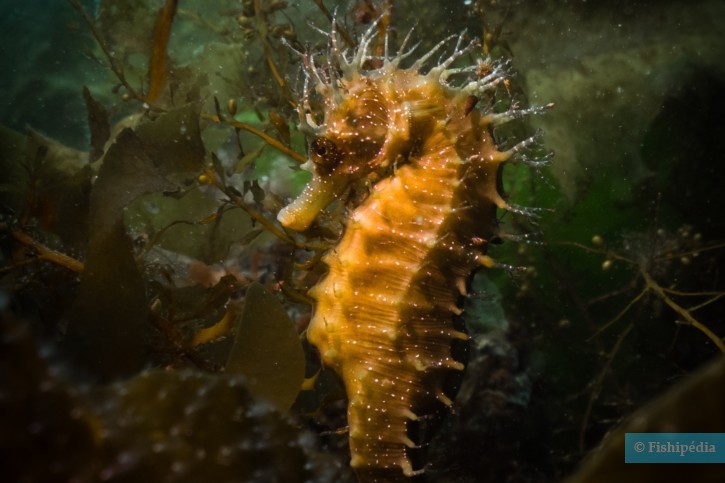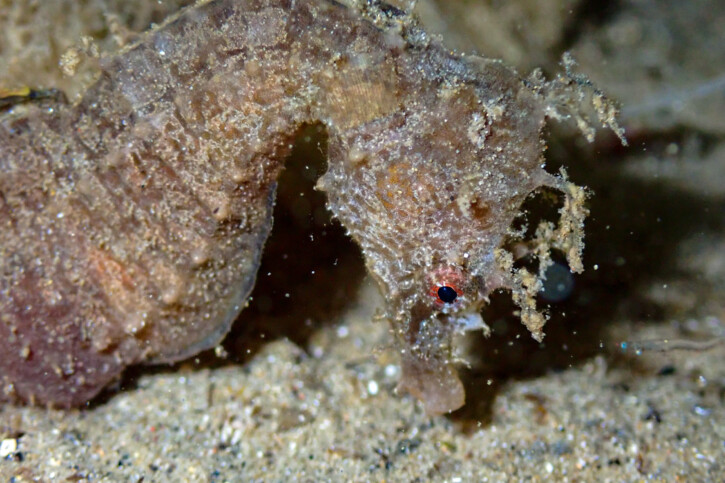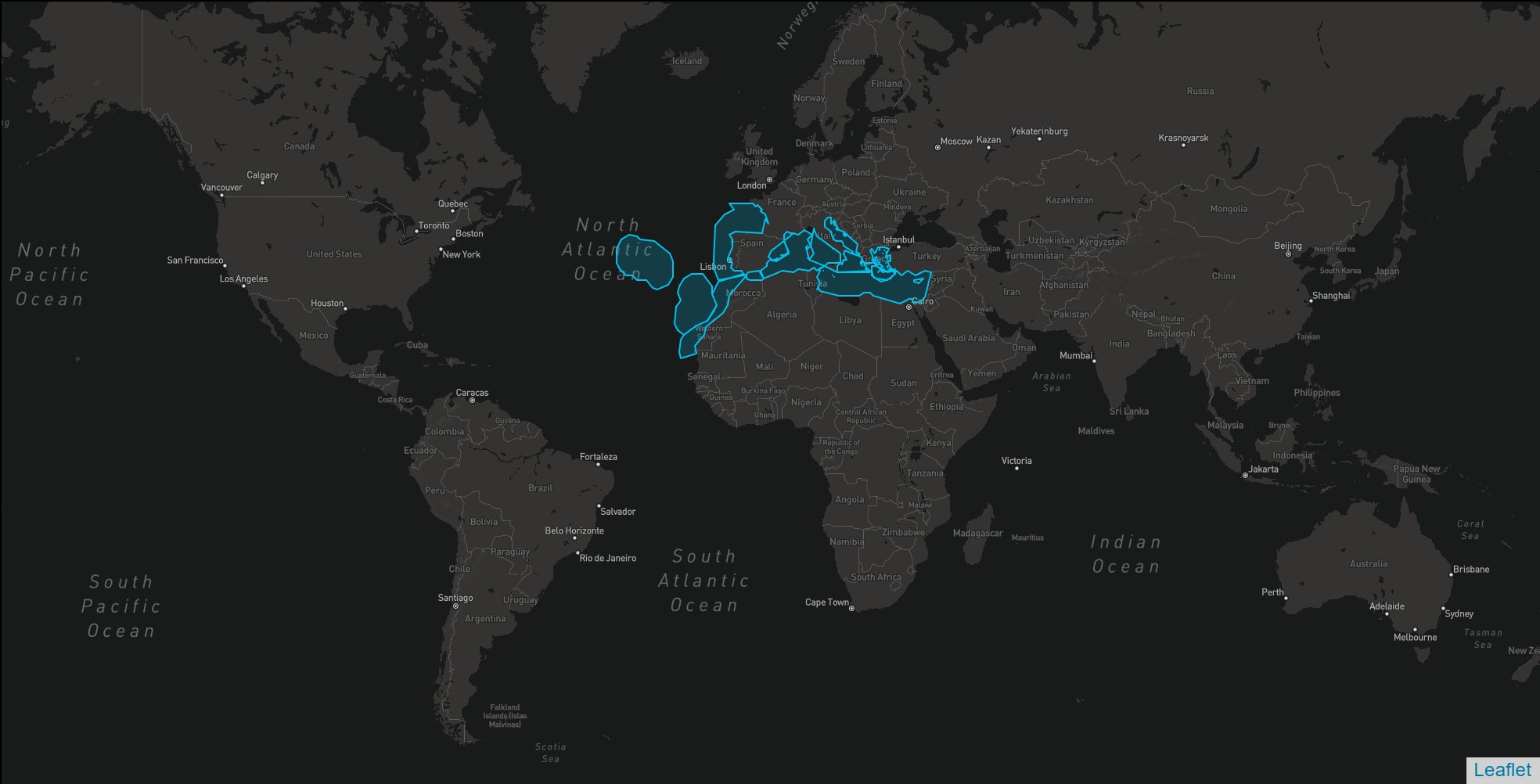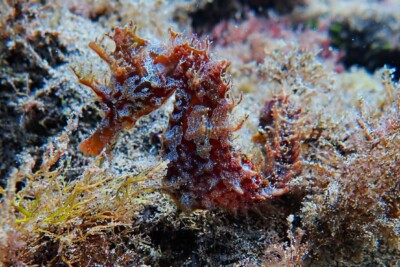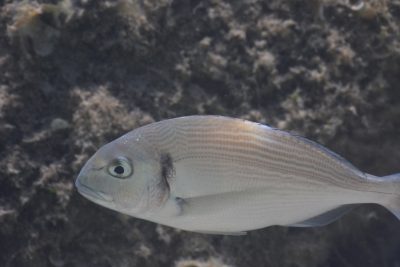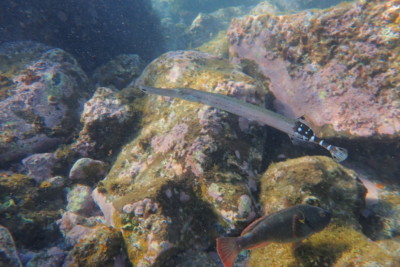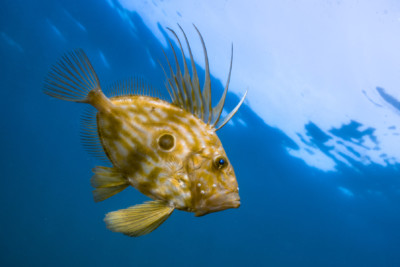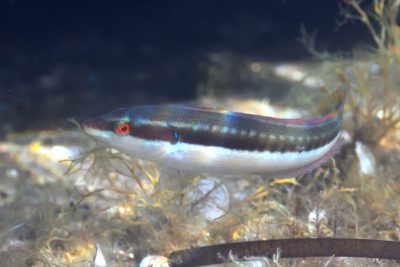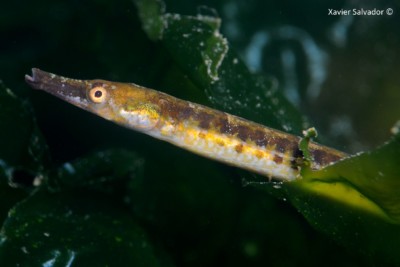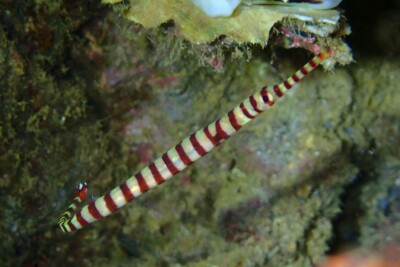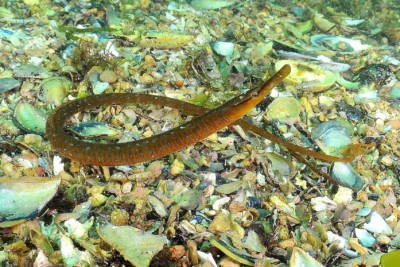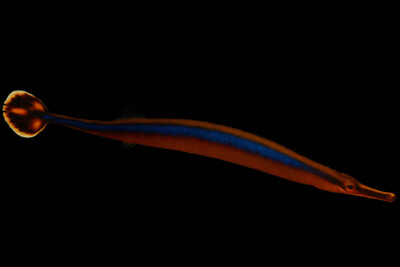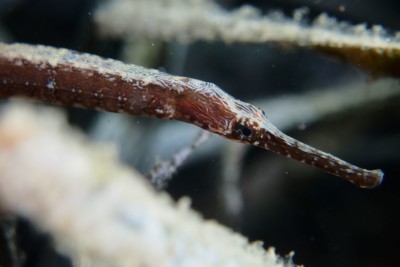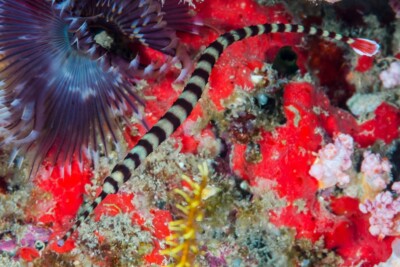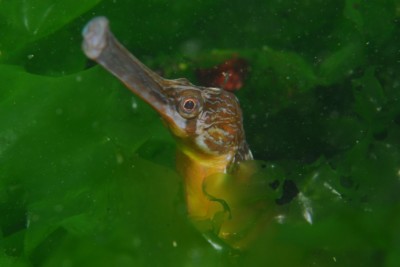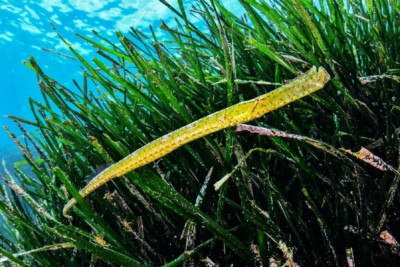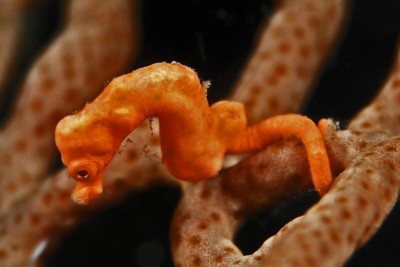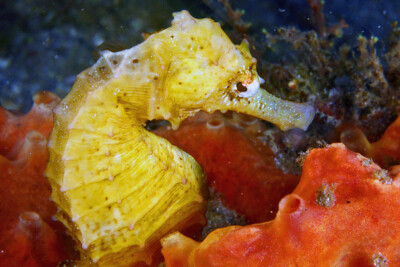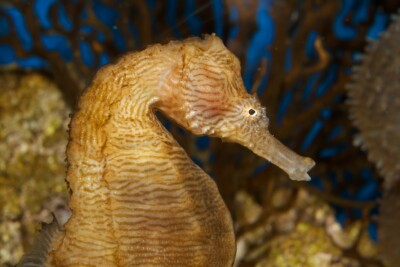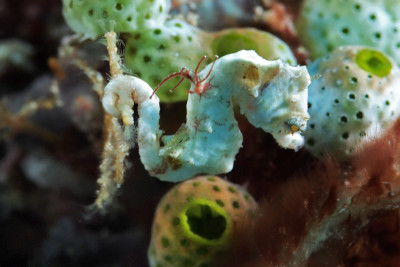long-snouted seahorse
| Family | Syngnathidae |
|---|---|
| Genus | Hippocampus |
| IUCN category (World) | DD |
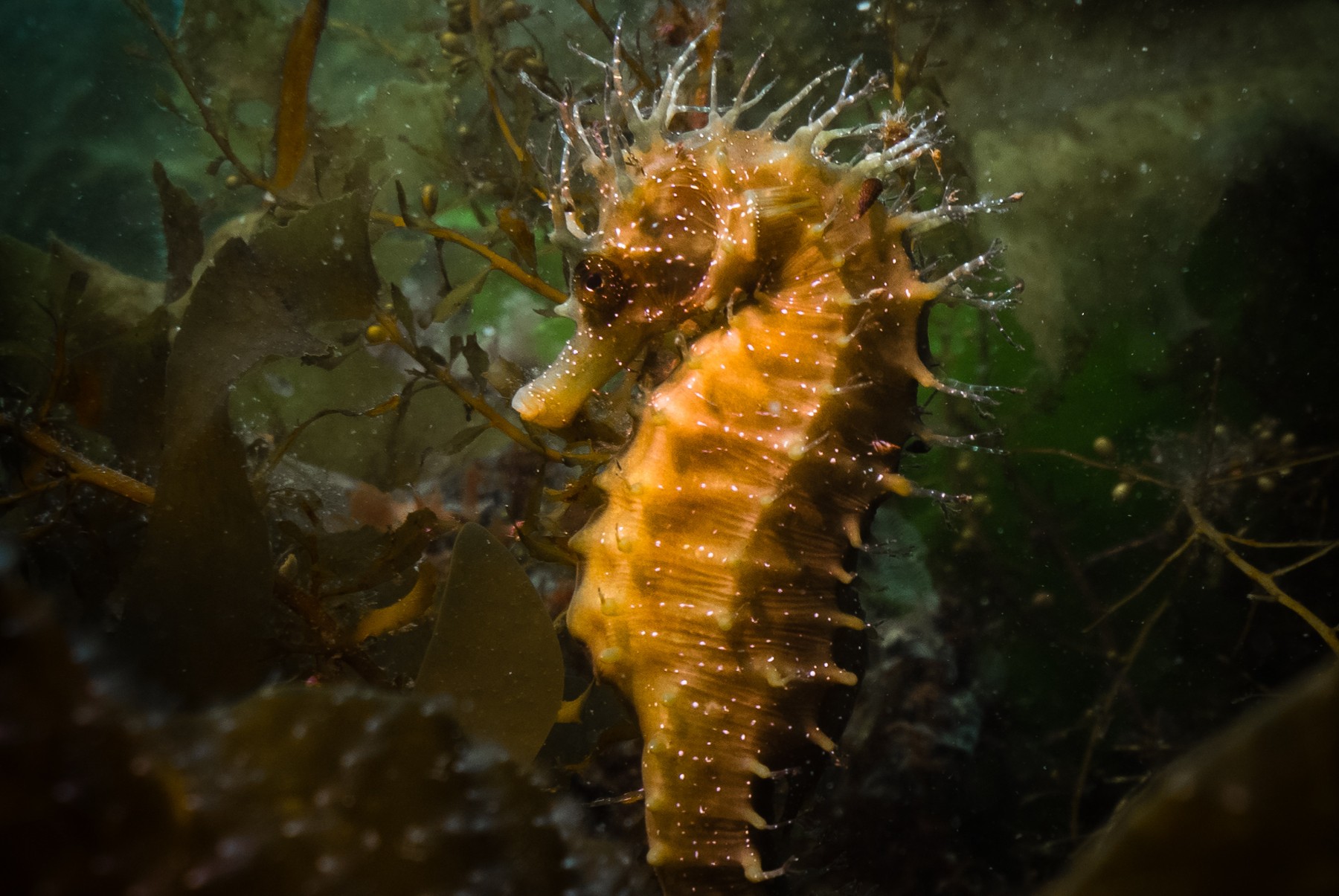

Introduction
Long-snouted seahorse is commonly known as the long-snouted seahorse or speckled seahorse. This small fish is found in shallow coastal waters of the Atlantic Ocean and the Mediterranean Sea. It favors seagrass beds, rocky areas, and gravel-covered bottoms.
It is considered as "Data Deficient" on the IUCN Red List due to limited data on its population. This species is also listed on CITES Appendix II.
Like many seahorses, these fish are threatened by habitat degradation caused by coastal development and intensive fishing. They are sometimes captured for the aquarium trade and traditional Asian medicine. Although the practice is declining, they have long been used dried as amulets and souvenirs.
Who is it?
Morphology
-
Type
-
Average size18 cm
-
Maximum size21 cm
-
Type
-
Average size18 cm
-
Maximum size21 cm
How to recognize This fish ?
The long-snouted seahorse typically measures between 8 and 18 centimeters, with some individuals reaching 21.5 centimeters. Its body measures over a third of the length of its head, and it is covered in spines with blunt tips.
It is easily recognizable by its elongated snout. It lacks a tail spine, which has been modified into a prehensile tail that it uses to cling to plants and sponges.
The coloration ranges from dark green to brown, occasionally yellowish. The body features prominent white spots that tend to blend into horizontal lines. Some individuals have pale saddle-shaped marks.
Like its counterparts, its coloration helps it blend into the environment.
Sexual dimorphism
Males have a more voluminous belly with a rounded shape, while females have a belly that ends at a 90-degree angle.
Behaviour & Life cycle
-
dietcarnivorous
-
Sociabilityliving as a couple or alone
-
territorialNo
-
Way of livingdiurnal
The long-snouted seahorse is not a migratory species, but like other seahorse species, the dispersal of adults over long distances is likely due to wave action and strong currents during storms or when clinging to floating debris.
In winter, it moves to deeper areas and returns in early summer. Due to its tiny fins, it is a very slow fish and uses its coloration to camouflage itself in the environment, to ambush prey, and to protect itself from predators.
Seahorses are voracious small predators. This species mainly feeds on small crustaceans, larvae, fish eggs, and other planktonic organisms. Its lifespan is estimated to be between 4 and 7 years.
Reproduction
-
Reproductionovovivipare
This species is monogamous and ovoviviparous. During the breeding season, mature males and females change color and become brighter, especially during courtship and mating. Like other seahorse species, the female deposits eggs into the male's pouch.
The gestation period is 21 days. The young measure 1.5 centimeters after 3 weeks of incubation. Newly hatched juveniles are believed to have a planktonic stage that lasts at least eight weeks.
Harmless species
Origin and distribution
Geographic distribution & Conservation
It is found in temperate waters of the Eastern Atlantic Ocean, from the southern coasts of the UK to the Netherlands and down to Morocco, including the Canary Islands, Azores, and Madeira, as well as the Mediterranean Sea. Recent studies on genetic data confirm that specimens found in the Black Sea are indeed long-snouted seahorses.
Conservation status of populations (IUCN)
What is its habitat?
Natural environment characteristics
-
Temperature18 - 24 °C
-
Depth1 - 20 m
-
FlowSlow and Stagnant
Biotope presentation
The species inhabits shallow coastal waters (between 1 and 20 meters), including littoral lagoons among algae, rocks, and gravel bottoms. It is sometimes found in brackish areas, especially in lakes and salt marshes along the coast.
Species of the same biotope
Fishkeeping
Not recommended
We do not recommend keeping this species in an aquarium. It has unpredictable needs which, if not met, generate significant stress, potentially leading to a shorter life expectancy, an interruption of its growth or the development of pathogens.
To go further
Sources & Contributions
Participation & Validation
The Fishipedia team and specialist contributors are committed to providing high-quality content. However, although the information comes from scientific sources or testimonials from specialists, the cards may contain inaccuracies.

Silvia Gomez

Benoit Chartrer
Translation
Translation done with the valuable contribution of our translators, who make this information available to a wider audience. We sincerely thank them for their commitment.
Scientific partners
Tags
Species of the same family
Same genus
Species of the same biotope
